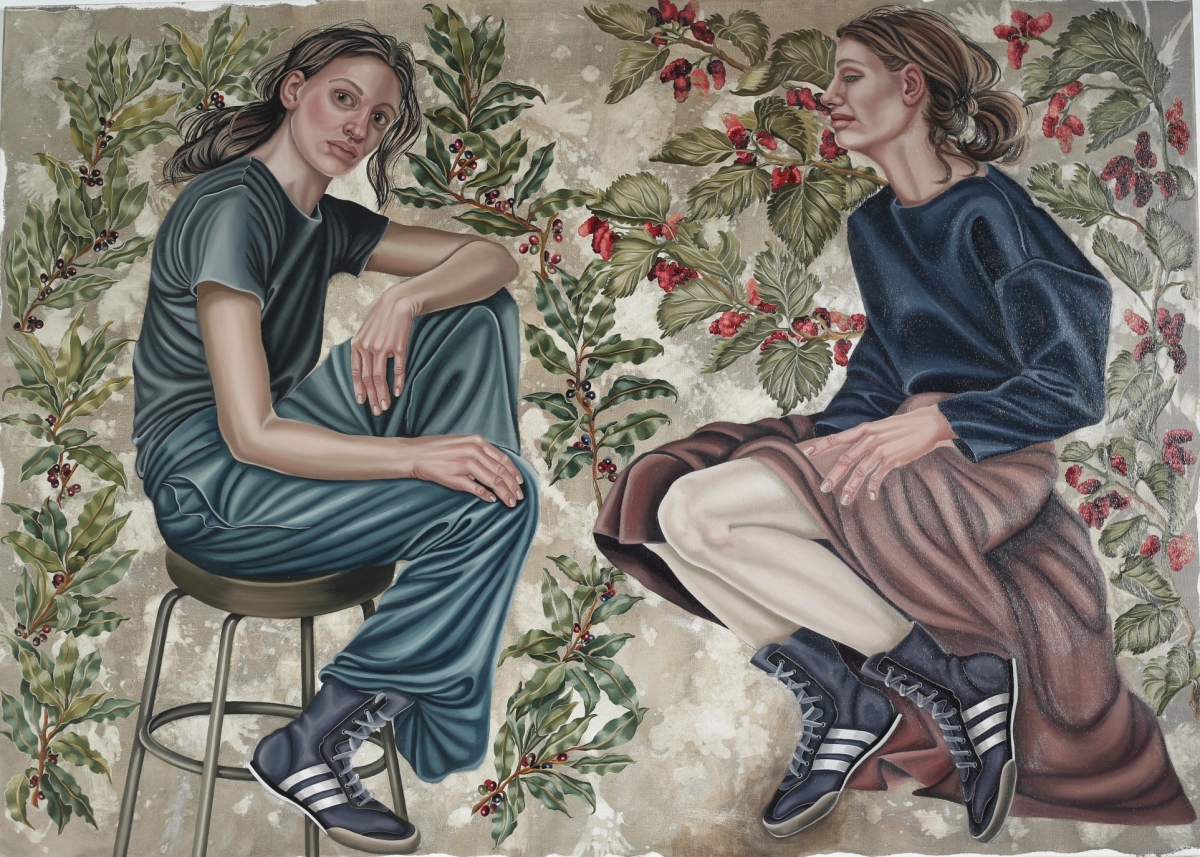On 4 April, the exhibition "Lushness. Women’s Art in the 21st Century" will open in Moldova, showcasing works by 16 female artists from the young and the youngest cultural scene in Poland. The project celebrates women’s joy of life, freedom, and strength, as well as their creative energy and sense of community. The event, held at the National Museum of Fine Arts in Chișinău, is part of the Polish Presidency of the EU Council’s foreign cultural programme and will run until 18 May 2025.
Works of 16 Polish artists in Moldova
The exhibition, curated by Dorota Monkiewicz, will showcase works by sixteen Polish female artists representing the young and the youngest art scene in Poland. Deeply rooted in physical, emotional, and spiritual experience, their work explores themes of women’s joy of life, sexuality, fertility, and closeness to nature – both animate and inanimate. The artists employ diverse forms of expression, ranging from painting and sculpture to handicraft techniques and activities inspired by everyday domestic life. Together, they create a narrative of femininity as a force drawn from pleasure, sensuality, and creative fulfilment.
A unifying element in their work is jouissance – a French term for profound pleasure, first described by philosopher Hélène Cixous. This concept serves as the key to depicting femininity in its many dimensions: intellectual, physical, and spiritual. The exhibition will highlight jouissance not only as a source of female freedom and strength but also as a wellspring of creative energy and a sense of community.
Nina Paszkowski, "Forest desires", photo courtesy of the artist.
Four dimensions of women's experience and creativity
The exhibition Lushness. Women’s Art in the 21st Century is divided into four thematic sections: “Everyday Life”, “Narrations”, “Folk Healers”, and “Corporeal Geometry”. Each explores a different dimension of female experience and creativity, ranging from daily life to spirituality, myth, and sensual abstraction.
- Everyday Life
The exhibition opens with a portrayal of women’s everyday lives in Poland, viewed through the lens of painting. Agata Kus presents scenes from Krakow’s artistic circles, while Marta Nadolle focuses on the realities of a teacher’s life in Warsaw. Karolina Balcer explores family tensions through kitchen objects, and Małgorzata Mirga-Tas showcases paintings inspired by the lives of the Roma community in Czarna Góra.
- Narrations
This section presents artistic visions of the future and reimagined histories. Ania Grzymała creates a fairy-tale world ruled by women, while Julia Woronowicz offers an alternative take on Polish history, centring on powerful female heroines such as Slavic warriors. Viola Plaga-Głowacka explores women’s fight for their rights, using the motif of knights and dragons as a metaphor for protests.
- Folk Healers
Another key theme of the exhibition is folk healers – women endowed with knowledge, deeply connected to nature, and symbolising strength, freedom, and independence. This section features, among others, large-scale paper cutouts by Nina Paszkowski, paintings by Natalia Bażowska in which the female body merges with nature, sculptures by Aleksandra Liput, the enigmatic heroines of Martyna Borowiecka’s paintings, and vampiric female figures in the works of Dorota Kuźnik.
- Corporeal Geometry
The artists explore how geometry can go beyond rigid, mathematical structures, taking on a human, physical dimension. Kinga Popiela captures the movements and reflexes of the human body in her paintings. Anna Panek embraces geometric abstraction, but in a handmade form – sewing with colourful fabrics. Martyna Ścibior works with an unexpected material – nail polish, which is closely linked to femininity and the body. Agata Bogacka presents the most delicate, soft form of abstraction through subtle, sensual paintings imbued with hidden tension.

Dorota Kuźnik, from the series comme des garcons, photo courtesy of the artist.
Program accompanying the exhibition "Lushness. Women's Art in the 21st Century"
The exhibition will be complemented by a public programme involving Polish and Moldovan female artists, curated by Anna Czaban.
The exhibition is co-organised by the Adam Mickiewicz Institute and financed by the Ministry of Culture and National Heritage. The exhibition partners are: Ujazdowski Castle Centre for Contemporary Art, National Art Museum of Moldova, Polish Institute in Bucharest.
Detailed information about the entire international cultural programme of the Polish Presidency can be found at: https://poland2025eu.culture.pl/.


